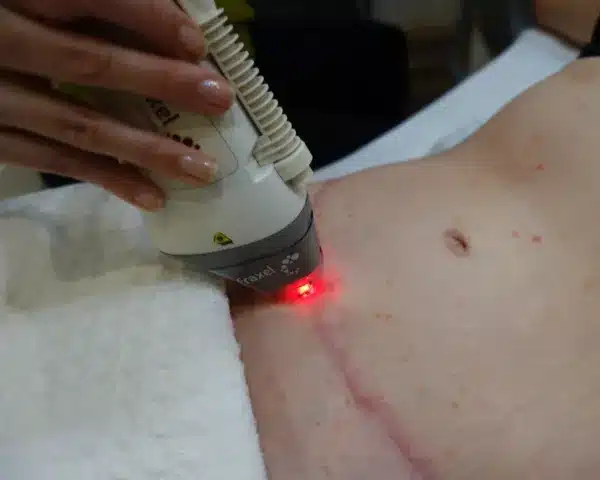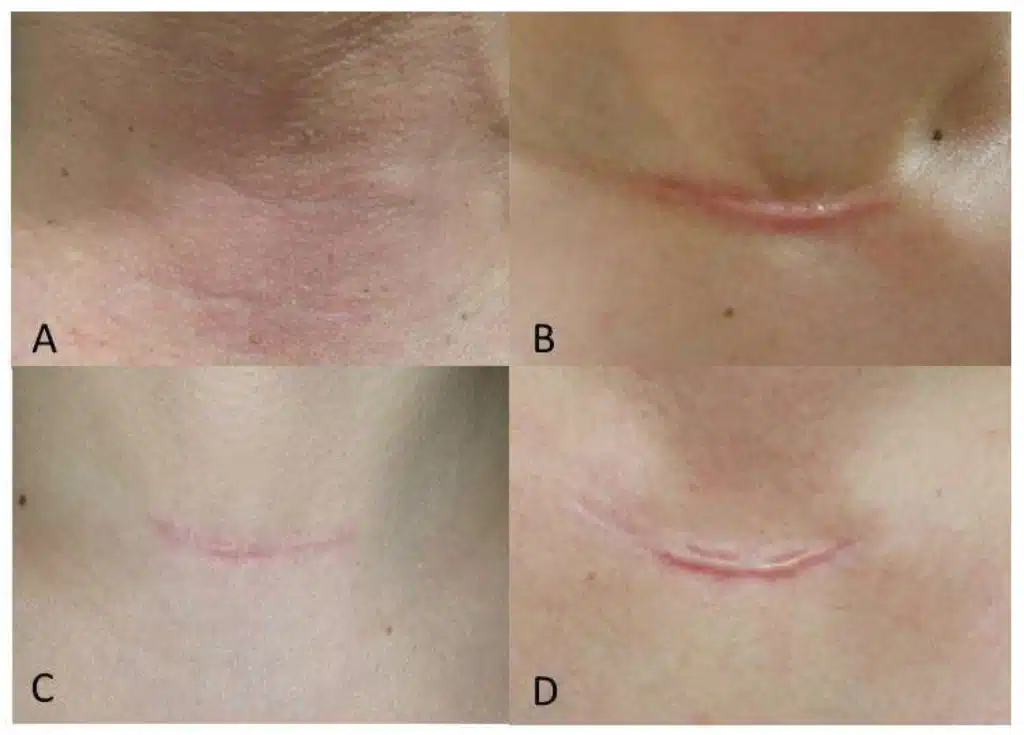
Scar removal is often sought by patients in Singapore. Often, the scar has long been an unsightly eyesore but treatment is finally contemplated only after it can no longer be tolerated or concealed. Such blemishes can arise from any skin injury. Common examples include:
Why do many patients wait for such a substantial period of time before seeking scar removal treatment?

Other than financial and lifestyle considerations, the reluctance of patients to consider scar removal treatment can often be ascribed to a few common misconceptions:
In truth, such myths introduce an unnecessary delay before patients seek scar removal treatment, often resulting in a poorer outcome.
In medicine, there is a concept of the 'golden period' for treatment in which early intervention is critical and has a drastic impact on the eventual outcome. Examples of conditions in which the importance of this golden period is widely recognized include heart attacks, strokes, acute glaucoma, cancer, etc.
It is not as critical to get immediate or very early scar removal treatment as compared to these emergency medical conditions. However, multiple studies have shown that scar removal treatment works better the earlier it is started. How early? Research indicates that scar removal treatments can even be started immediately at the point of surgery. The golden period seems to be within the initial 2 to 4 weeks after injury.
Why is the initial period after skin injury the best time to begin scar removal treatment? This boils down to the complicated process of wound healing that consists of overlapping phases of hemostasis, inflammation, granulation, and remodeling.
Hemostasis stops bleeding. Inflammation brings in immune and repair cells that release chemicals to limit further damage, close the wound, and remove cellular debris and bacteria.
The proliferative phase takes place in the background continuously. It is characterized by the formation of granulation tissue, re-epithelialization, and new blood vessels. Fibroblasts produce new collagen and glycosaminoglycans. Re-epithelialization starts to occur with the migration of cells from the wound periphery. New blood vessels branch from existing vessels and stem cells.
The maturation and remodeling phase is where the wound achieves maximum strength as it matures. Excess collagen degrades, and the wound contracts. Ultimately the scar will top out at only 80% of the original tissue's tensile strength.

Scars arise from either excessive (hypertrophic or keloid scars) or insufficient (atrophic) collagen generation during wound healing. This can result from defects at any phase.
Early scar removal treatment modifies the adverse wound healing conditions and is better able to influence the final outcome of the scar. This is because the wound healing process is still ongoing and the final scar appearance is still in flux. Implementing measured interventions at this point may be able to nudge the scar maturation toward an aesthetically pleasing result.
In contrast, scar removal treatment after the scar maturation process is complete is much more difficult. The wound healing process has already played out and it may be a case of 'too little, too late'. The shape and amount of tissue are more or less fixed already and modifying this becomes a monumental task requiring exponentially higher effort and cost. In the most extreme case, it may even make more sense to surgically remove the scar in a scar revision to replace it with a fresh new wound which we can then work on properly to give it the best chance of healing nicely.
Scars that result from surgery should ideally be immediately treated prophylactically. For scars that may develop from wounds or injuries such as acne, infections, or abrasions, the area should be watched carefully for signs of abnormal scarring such as raised or sunken areas, and prolonged or intense redness. If the wound is considered at risk or shows signs of poor healing, interventions should be performed earlier rather than later.
There is no 1 single thing but rather a constellation of small positive interventions that add up to a significant overall improvement. Scar removal treatments should not be done in isolation but as a comprehensive suite that addresses wound healing holistically.
To prevent infection, antiseptics and antibiotics should be used and the wound kept clean. Hydrocolloid dressings keep the wound slightly moist, preventing contamination or desiccation and enhancing cell migration.
Nutrition-wise, there are supplements that may help with wound healing but a balanced diet with adequate protein and vitamin C intake will suffice for most patients.
Treatments like retinoids, silicone gel, and other topical medications have also shown positive benefits.
For wounds that are at risk of developing abnormal atrophic or hypertrophic scarring, injections can be started to encourage wound healing to take a more favorable course. These include growth factors, steroids, or other injectibles such as neurotoxins. Neurotoxins used immediately after injury showed improved aesthetic outcome.

Traditional, most doctors would withhold laser scar removal treatments until scars were mature or maturing (at least 2-3 months and up to 6 to 12 months after the injury). The rationale behind this was to avoid disrupting the normal wound-healing process. However, new research suggests that starting scar removal treatments as early as within the first 2 weeks after injury may in fact improve the final aesthetic outcome of scars.
Vascular lasers such as the gold laser, yellow laser, pulsed dye laser, or long-pulsed NdYAG laser are mainly used to treat hypertrophic or keloid scars, particularly in patients that have a tendency for such abnormal scarring or in locations that are more prone to such scarring. Asians have a higher chance to develop hypertrophic scarring than Caucasians.
Fractional lasers such as CO2, erbium-YAG, erbium-glass, or Fraxel have been shown to improve the height, pliability, and color of scars with good patient satisfaction rates. In one study, ablative fractional lasers showed better effects than non-ablative lasers.
My personal thought on scar removal is that it is better to err on the safer side, for a stitch in time saves nine. Scar removal treatments performed early on in the wound maturation or scarring process have an outsized impact. Scar removal treatments performed after the scarring has already matured can also be effective but often take a lot more time, effort, and money to achieve the same level of improvement.
If you have wounds, surgical scars, or abnormal healing, do get assessed as soon as you can. There is no replacement for a trained professional. Feel free to contact us and we will do our best to guide you.
Address:
1Aesthetics, Medical & Surgery
#14-90 The Central Tower 1
8 Eu Tong Sen Street
Singapore 059818
Mon-Fri 10 AM to 730 PM
Sat 10 AM to 6 PM
Phone / WhatsApp:
+65 66125173 / +65 84899962
Email:
[email protected]